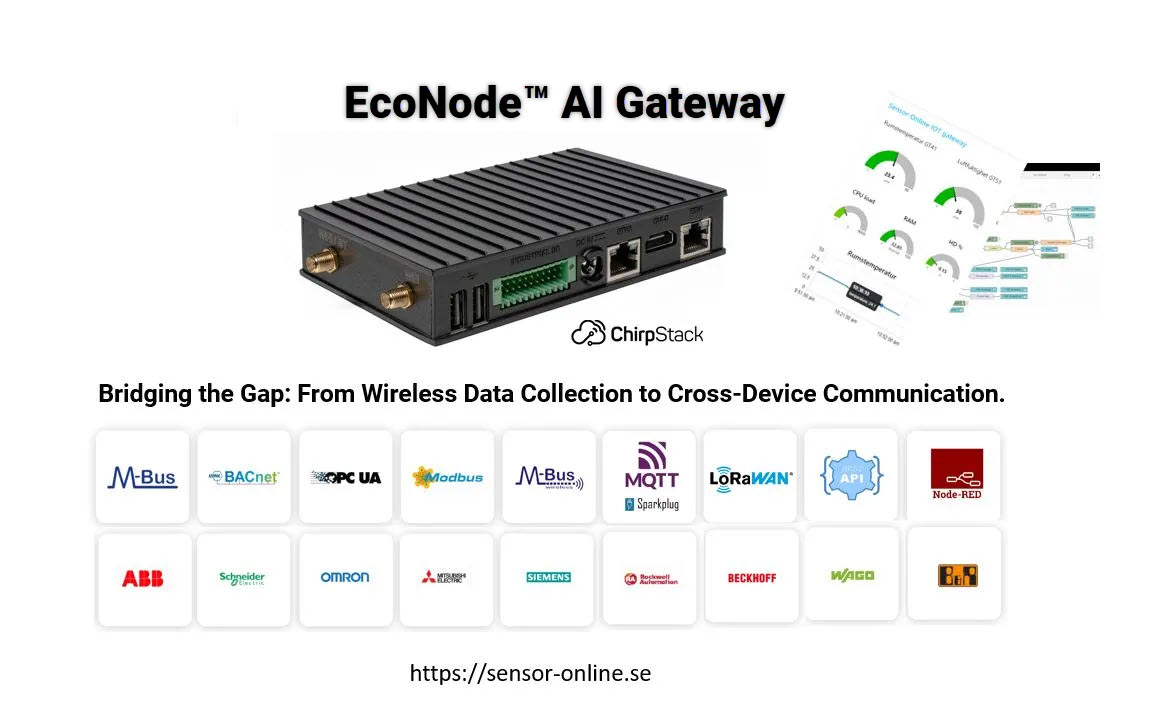### Building and Performance
Reducing energy use and costs is easier when you know how a building actually operates. Without accurate measurements, managing and improving it becomes challenging.
**Establishing a Baseline**
EcoNode™ helps you establish the baseline necessary for improvement. By automatically measuring key performance factors using AI and machine learning, you gain insights into your building’s functions.
**Automatic Measurement**
Our system collects and analyzes data from various sensors, providing a comprehensive view of your building’s performance in real-time.
**Improving Efficiency**
With AI-driven insights, you can identify areas for improvement and implement strategies to enhance efficiency. EcoNode™ delivers actionable recommendations based on data-driven analysis.
**Optimizing Energy Use**
Accurate measurement and analysis enable you to optimize energy use, reduce costs, and create a more comfortable indoor environment. This proactive approach enhances operational efficiency and supports sustainability, reducing buildings C02 footprint.
**Data-Driven Decisions**
The continuous flow of data empowers building managers to make informed, data-driven decisions. Insights from AI analyses help identify inefficiencies, track performance improvements, and plan long-term strategies for building management.
**Enhanced Efficiency**
AI-driven analysis helps optimize building operations, leading to significant improvements in energy efficiency. By accurately predicting heating and cooling needs, AI can adjust systems proactively, reducing energy waste and lowering operational costs.
In summary, digital transformation using IoT and AI in buildings enhances efficiency, comfort, and sustainability while driving significant cost savings and enabling informed decision-making.


